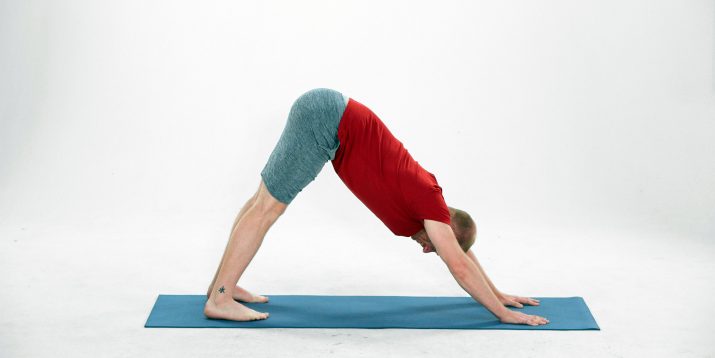How to Do the Pike Plank Exercise

While plank exercises are best known for their ab-tightening abilities, they’re really a full-body movement that also employs the triceps, shoulders, chest, and quads. The pike plank is a challenging variation on the basic plank.
“This specific plank involves all the benefits of a regular plank while ramping up the intensity and engaging more muscles at once,” says Jonathan Valdez, RDN, ACE-certified personal trainer, and owner of Genki Nutrition.
While moving through the pike position — in which your body forms an upside-down letter “V” — you’ll work your core, engage your chest and shoulders, and feel a stretch through your hamstrings and calves.
Here’s how to master the pike plank.
Pike Plank Exercise: Step-by-Step Instructions

- Start in a plank position, with your hands on the ground directly below your shoulders and your feet hip-width apart.
- Focus on creating a straight line from the top of your head to your heels, without letting your hips drop or your lower back arch excessively. Draw your belly-button in toward your spine, and squeeze your core to maintain the plank position.
- Keeping your core engaged, drive your hips up and back into an upside-down “V” position — similar to downward dog, except your heels don’t need to be flat on the ground in pike position. While in the pike position, your head should be in line with your arms, with your gaze looking through your legs.
- Pause when you reach your full range of motion, and then lower back to plank.
Progressions & Variations of Pike Planks
Once you’ve mastered the pike plank, there are a few variations that can help you get even more out of this move. Here are three of our favorites.
1. Forearm pike plank
Start in a plank position with your forearms on the ground and elbows directly below your shoulders. Follow the steps above.
2. Stability ball pike
Start in a plank position, with your hands directly below your shoulders and shins resting on top of a stability ball. As you move into the pike position, keep your toes pointed and use your core to pull the ball toward your hands, until your toes are on the ball. Roll back to the starting position and repeat.
3. Plank-to-pike jump
Start in a plank position on your hands with your feet together. Jump your feet into a pike position, keeping your legs straight throughout the movement. Jump back to the starting position, keeping your back flat as you land. Repeat.
4. Slider plank pike-up
Start in a plank position, with your hands below your shoulders and your feet on top of sliders. (If you don’t have sliders, try plastic food container lids or use tea towels on a non-carpeted floor.) As you move into the pike position, use your core to slide your feet toward your hands. Slide back to the starting position and repeat.
